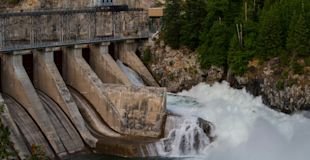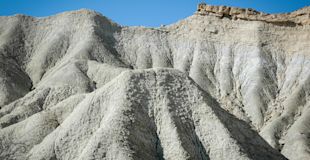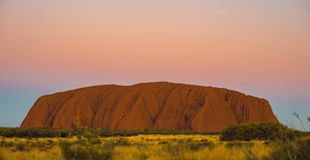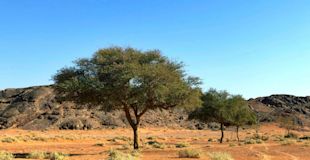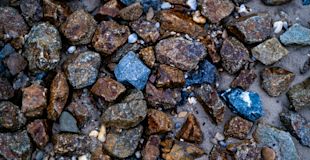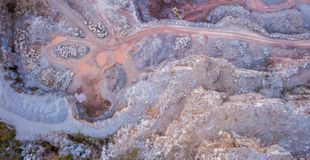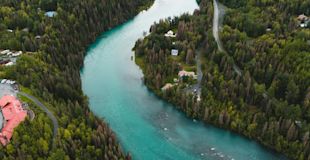Thacker Pass Mine Case Study
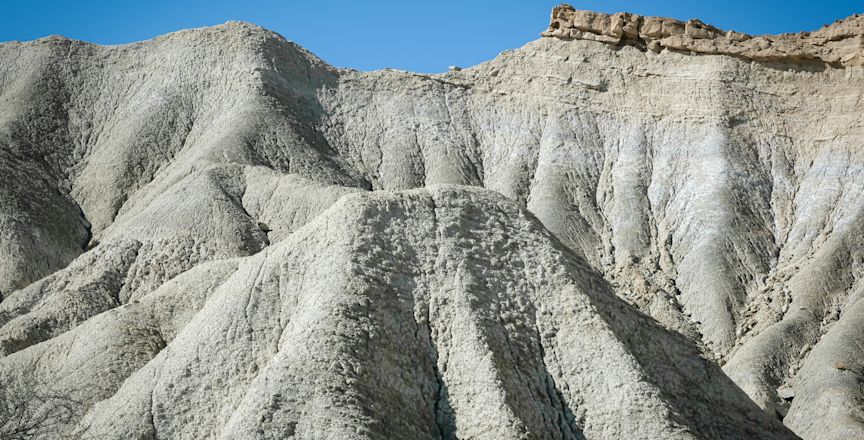
The proposed Thacker Pass lithium mine, located within McDermitt Caldera (an extinct supervolcano) in Nevada, is a joint venture between Vancouver-based Lithium Americas and General Motors, with Bechtel contracted to build the facilities. Spanning 18,000 acres of public land managed by the Bureau of Land Management, Thacker Pass is the world’s largest known lithium reserve. Once the initial construction phase is complete, it is expected to produce eight times the current total U.S. output of lithium carbonate. The project involves open-pit mining and lithium processing through ore crushing and acid leaching to produce battery-grade lithium.
“…the commercial viability of the project is uncertain due to these factors, which could materially affect the company’s business and financial condition” and acknowledging that the company “…lacks a history of completing mining and chemical processing projects, increasing the uncertainty of its future success and making it difficult to evaluate its prospects”
Indigenous Rights Concerns
At least six Native Tribes, including the Numu/Nuwu and Newe (Northern Paiute and Western Shoshone), have historical connections to the land at Thacker Pass. According to Human Rights Watch and the ACLU, the U.S. government’s approval of the mine violated Indigenous Peoples’ right to Free, Prior and Informed Consent (FPIC), as well as their rights to freely practice their religion, culture, and ancestral lands. ProPublica has reported that law enforcement agencies, including the FBI, have for years coordinated with private mine security to surveil largely peaceful protesters opposing the mine, according to internal communications.
Environmental Risks
In addition to FPIC concerns, the project poses serious environmental risks in one of the driest U.S. states. Hydrologist Dr. Erick Powell argues that Lithium Americas’ environmental impact assessment is grossly inaccurate – underreporting water flows and classifying year-round creeks as “ephemeral,” thus downplaying the mine’s true impact. Lithium Americas plans to extract 1.7 billion gallons of water from the Quinn River aquifer – already 50% over-allocated – at a rate of up to 3,250 gallons per minute. This level of water use could rival the water consumption of the entire Las Vegas Valley over four decades. Experts warn it could dry up hundreds of square miles of land, deplete neighboring aquifers, and contaminate groundwater with heavy metals, including a “plume” of antimony expected to persist for at least 300 years.
18,000
Acres of public land make up the world’s largest known lithium reserve
1.7
Billion gallons of water are planned to be extracted from the Quinn River aquifer
300
Years is how long antimony contamination could persist in local groundwater
Project Delays and Financial Challenges
The project has faced years of lawsuits and delays. Lithium Americas had initially planned to begin production by 2026, but progress has been stalled by permitting issues, litigation by tribes and conservation groups, and rising construction costs tied to higher engineering costs, agreements to use union labor, and housing for workers in the remote region. The company has increased its cost estimate by $660 million – from $2.27 billion to $2.93 billion.
Nevada tribes and conservation groups have delayed the project. There has been a net loss of $42.6 million, driven by changes in exploration expenses, administrative expenses, transaction costs, and changes in investments. Total liabilities rose to $99.6 million due to the rise in accounts payable and accrued liabilities as a result of increased activity at Thacker Pass. The filing cites permitting, financing, and regulatory changes as major risks to Thacker Pass, warning that “…the commercial viability of the project is uncertain due to these factors, which could materially affect the company’s business and financial condition” and acknowledging that the company “…lacks a history of completing mining and chemical processing projects, increasing the uncertainty of its future success and making it difficult to evaluate its prospects.”
Sustainable Indigenous Finance: Navigating the Energy Transition
A first-of-its-kind resource designed to equip investors with actionable tools and guidance to advance due diligence, manage material risks, and strengthen Indigenous inclusion and engagement across investment practices as the world navigates the energy transition.

